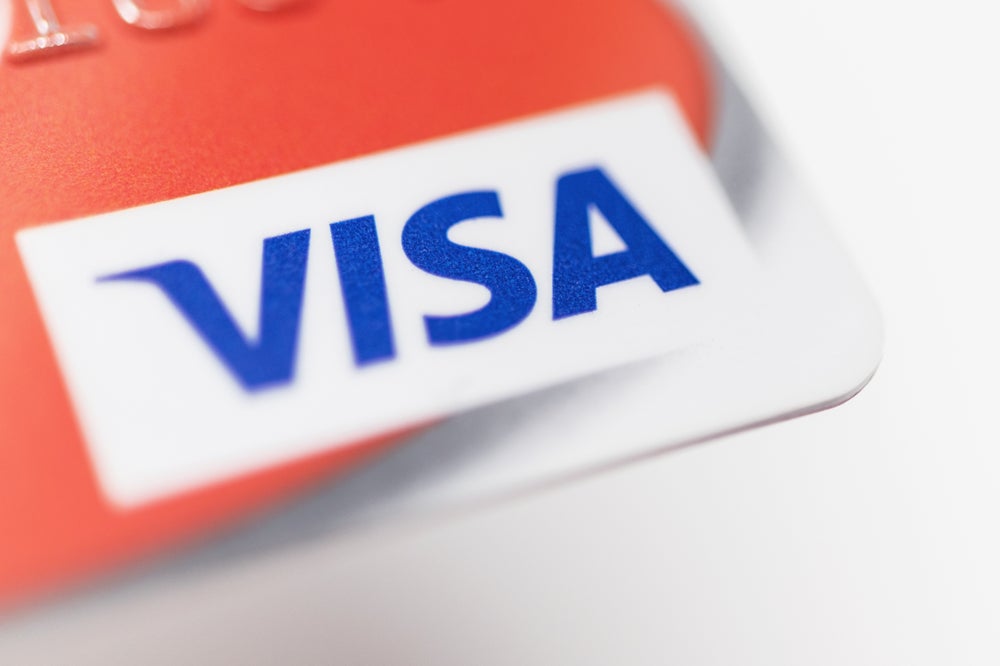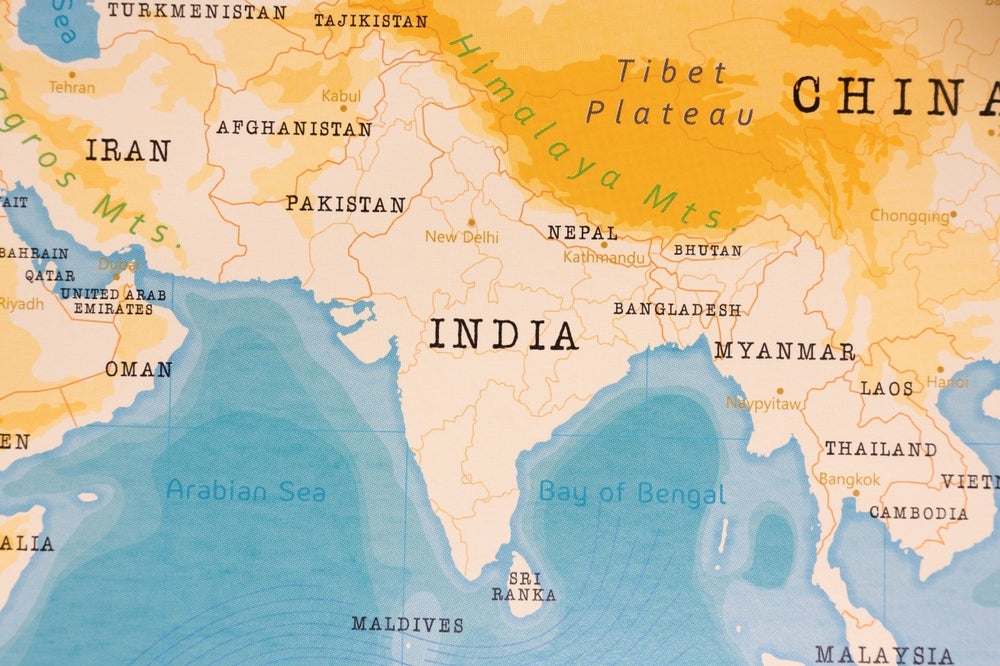The advent of contactless payment has been heralded by industry
players as one of the most promising payment breakthroughs in
recent years, but a new report says that more needs to be done to
drive adoption. Charles Davis reports.
Cutting through the hype surrounding contactless payments in the
United States, a recent report from payment research consultancy
Aite Group concludes that the promising new technology will not
result in significant volume unless card networks provide
incentives for merchants to jump on board.
Contactless Payments and NFC in the United States: Beyond
Science Fiction, by Nick Holland, a senior analyst with Aite Group,
concludes that only 0.5 percent of merchant locations in the US
accept contactless card payments.
Far more sobering, the report estimates that contactless
locations will grow to only 2.5 percent by 2014. In other words,
the contactless market in the United States currently has just
40,000 merchant locations, and will top out at a projected 271,000
in 2014.
Holland found that the growth of contactless merchant locations
will actually slow over the next few years, from 63 percent annual
growth now to about 30 percent by 2014. Given all the publicity
surrounding contactless payments, that seems almost impossible, but
the report cites major obstacles to further growth.
Obstacles to adoption
How well do you really know your competitors?
Access the most comprehensive Company Profiles on the market, powered by GlobalData. Save hours of research. Gain competitive edge.

Thank you!
Your download email will arrive shortly
Not ready to buy yet? Download a free sample
We are confident about the unique quality of our Company Profiles. However, we want you to make the most beneficial decision for your business, so we offer a free sample that you can download by submitting the below form
By GlobalDataFirst, and most significantly, card networks appear unlikely to
sustain initial generous incentives, such as paying all the costs
of equipment installation for merchants to accept contactless
payments. Networks still have many large multistate merchants to
recruit for contactless acceptance but, as more merchants adopt the
technology, smaller merchants are likely to be left behind.
Early reports from the existing contactless merchant base
indicate low volume, which will act as an additional obstacle to
further adoption.
Another major obstacle to contactless adoption is concern among
merchants about interchange costs on low-value transactions.
“It is widely accepted that a strategy of proliferation, even at
a loss, is key to gaining traction for contactless payments,” said
Holland. “A solution would be for card networks and issuers to
provide a contactless-specific category of interchange and fees for
merchants. Once uptake levels have reached critical mass and
contactless payments are entrenched, fee structure can be altered
to afford networks and issuers greater opportunity for revenue
generation.”
The networks have subsidised the installation of contactless
terminals at some merchant sites – mostly gas stations, fast food
restaurants and drug stores – but typically only with larger
merchants.
The report found that beyond those splashy rollouts, no
significant concessions are being made, such as lower interchange
rates for contactless cards, and as a result, merchants foot the
bill for investments in additional equipment, only to find their
profits sliced by heavy card processing fees that hit precisely the
low-dollar transactions that represent the ideal market for
contactless payments.
“For transactions consisting of less than $10, the merchant pain
point increases as the size of the transaction decreases to a point
where any margins that would have been made on the sale are erased
by the cost of transaction fees,” Holland wrote. “For this reason,
it is not unusual to visit a restaurant or convenience store in the
United States and see a handwritten sign indicating that there is a
$10 minimum for card transactions at the establishment.”
Mobile payments now a reality
The financial services industry in the US appears to be finally
within reach of the mobile payments ‘holy grail’ that has proved so
elusive. With mobile banking widely expected to be the entry point,
and with devices, networks and end users all sufficiently mature to
make mobile payments happen, the science fiction of waving a phone
to pay for goods is very nearly a reality.
However, as the Aite report makes abundantly clear, the mobile
device is only half of the equation – the reciprocal other half is
at the merchant point of sale.
Mobile payments using near field communication (NFC) technology
will be completely dependent on the level of contactless
infrastructure at merchant locations, and this in itself is
dependent on merchants seeing a viable business case for installing
the technology in the first place.
Reaching the tipping point
Holland still found some optimistic signs. It has now been five
years since the initial contactless trials, and contactless cards
have been deployed by a number of retail banks nationwide. There
are approximately 19 million contactless payment cards currently in
circulation in the United States. Just over half of these have been
issued as credit cards. This may seem somewhat counterintuitive,
since credit cards typically require signature, but coupled with
signature waiver programmes for small-ticket items, the contactless
value proposition of speed and convenience remains intact.
With little to convince merchants to invest in the requisite
hardware for contactless acceptance from consumers, acquirers or
fellow merchants, it may be up to the card networks and/or issuing
banks to reduce barriers to entry by either subsidising or outright
paying for contactless readers as they have done for earlier
‘flagship’ merchants, Holland wrote.
Such benevolence on the part of the networks is unlikely on the
massive scale necessary to reach the tipping point for contactless
adoption, however: Holland estimates that it would require a
MasterCard investment of more than $600 million in merchant
technology.
Far more cost-effective, and perhaps more effective overall,
would be an adjustment to the interchange rate schedules for
small-value transactions. The solution would be for card networks
and issuers to provide a contactless specific category of
interchange and fees for merchants, Holland wrote.
“There is no technological reason why this cannot be done since
contactless transactions are flagged as distinct from
magnetic-stripe transactions at a network level. Once uptake levels
have reached a critical mass and contactless payments are
entrenched, the fee structure can be altered to afford issuers and
the networks a greater degree of revenue generation.”







